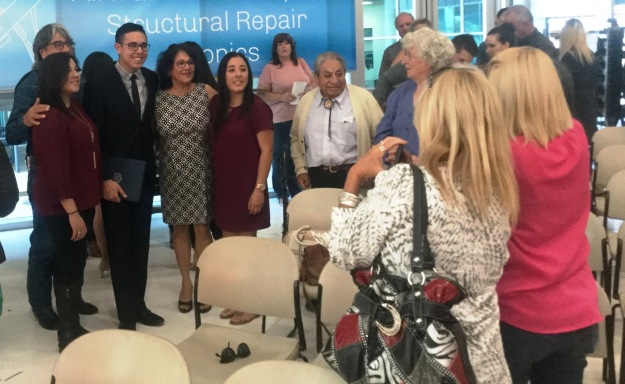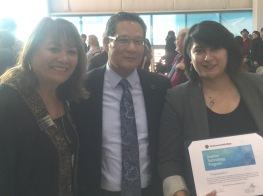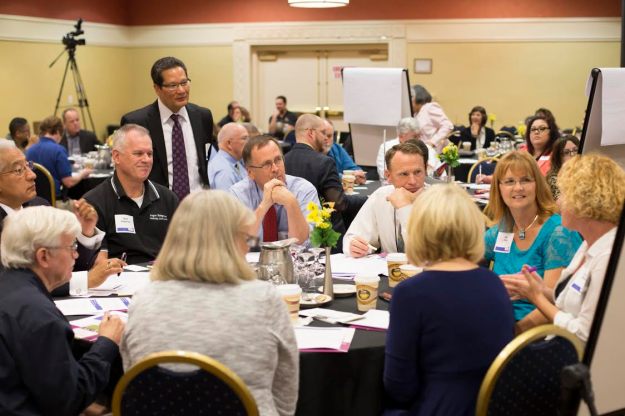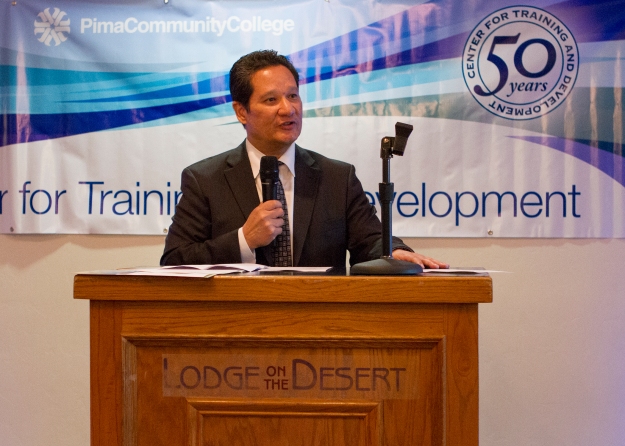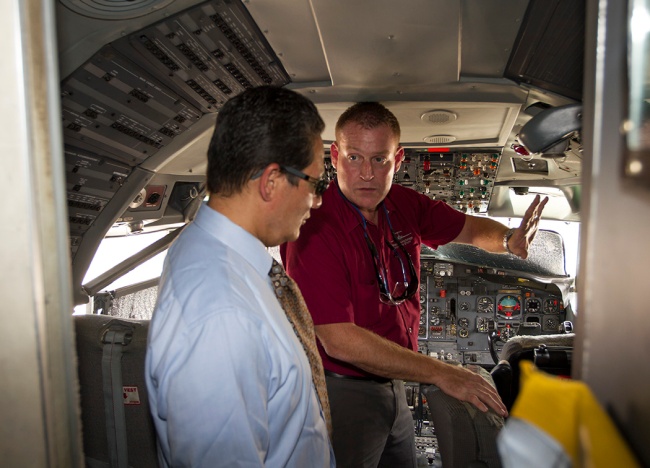Below is a message sent to PCC employees last week regarding training for PCC administrators on the important topic of financial aid to students. The training focused on maintaining compliance with federal and state authorities and with our accrediting organizations.
Last Thursday, May 5, we held training for administrators on various compliance areas including some recently discovered PCC sites that do not appear to have gone through a required approval process with the Higher Learning Commission (HLC). This approval process is connected to federal financial aid (Title IV) regulations. At the conclusion of the training, we provided a short review of the training for other employees who were able to join us. This email includes a synopsis of the training and subsequent discussion. However, first I’d like to reiterate the importance of conversations like this.
Many of you have been proactively reviewing policies and procedures throughout the College to ensure that the institution is fully compliant with relevant regulations and requirements, especially those of the federal government and the HLC.
Together we’ve been able to uncover gaps or errors that needed to be corrected. We have self-disclosed to the HLC and the Dept. of Education the areas we’ve discovered, and we are working as a team to correct them. We have received compliments from our regulatory bodies for doing this, and they are working with us as we make these systemic changes throughout the College. Many of you have been part of this effort and your commitment to making things right shows how many people we have here at PCC who care deeply about the institution and our students.
Several aspects of how federal financial aid regulations impact College operations were reviewed in the training:
1. Selective Admissions – Students must be fully admitted into an eligible program before they can receive federal financial aid for that program. As of January 2016, PCC identified 26 programs that were not appropriately coded in Banner as having selective admission requirements, i.e. background checks or course prerequisites. As a result, some students were listed as admitted to a program even though they had not met all the program admissions requirements.
STATUS: IN PROGRESS. Programs are either being reconfigured so they are no longer Selective Admissions, or correctly coded as selective admissions. Students have been notified to either fulfill program admissions requirements or change their majors by 5-13-16.
2. Developmental Education – For developmental education courses to be eligible for federal financial aid, they must be at the 9th grade level or above, and be part of the developmental education sequence. Four courses were determined by the AZ Dept. of Education to be below 9th grade level and therefore ineligible for financial aid.
STATUS: COMPLETE. WRT 070, MAT 082, MAT 086, and REA 071 have been deactivated from financial aid eligibility, and a new developmental education sequence has been designed to comply with Department of Education regulations.
3. Course-to-Program Applicability – Students can only receive Title IV aid for courses in their declared program of study.
STATUS: COMPLETE, but labor intensive. Advisors are manually reviewing records to verify course-to-program applicability. The College is working on various I.T. solutions to automate this process.
4. Satisfactory Academic Progress (SAP) – The Financial Aid SAP policy must be “as strict as” the institutional SAP policy.
STATUS: COMPLETE. Standards were changed in Fall 2015 to meet the regulations. The Financial Aid SAP Appeals team has undergone training on the level of rigor expected in SAP Appeals review and will continue to do so to maintain compliance and consistency.
5. Administrative Capability — The Department of Education requires that conflicting information be resolved and a system of checks and balances be put in place in the administration of Title IV aid. An HLC Substantive Change application and subsequent approval is required if a college offers more than 50% of a program at a location that is geographically separate from a main campus. Likewise, the Department of Education requires this HLC approval prior to disbursing aid to students attending at these additional locations. PCC discovered a mismatch between the list of approved locations with the HLC and the list of approved locations with the Department of Education.
STATUS: IN PROGRESS. We filed substantive change applications with the HLC in February to seek approval for offering more than 50% of a program at three additional locations (Aviation Technology Center, Maintenance & Security, Public Safety Academy) , and are hoping for approval over the next few weeks.We notified the Dept. of Ed of the mismatch between HLC additional locations and those listed by the Dept. of Ed as approved. They are conducting an offsite program review of two of the locations (Aviation Technology Center and Maintenance & Security), and we should expect to hear on their process in the next few weeks. As we are awaiting approval from the HLC and Dept. of Ed., summer classes at these additional locations are being relocated to the campuses, when possible.
Because Aviation courses cannot be relocated without additional approval from the FAA, the PCC and the PCC Foundation will provide scholarships to summer session students who would have received federal financial aid (Title IV). We hope to have the appropriate approvals for the fall semester from both the HLC and the Dept. of Ed. During the May 5 training, administrators were asked to report any other additional locations where PCC courses are taught, so that we can ensure proper reporting and approval is sought with the HLC and Dept. of Education
Final thoughts
As you can see, ensuring compliance in today’s higher education world has never been more complicated or absolutely necessary. In order to become the premier institution I know Pima can be, we must be self-reflective and knowledgeable about the regulatory bodies that impact the College. We want to do more than what is minimally required—we want to exceed the standard, and ensure that we are catching these issues ourselves.
Compliance is about transparency, accountability, and making sure we are enabling our students to achieve their hopes and dreams. Thanks for your help with this incredibly important work.
